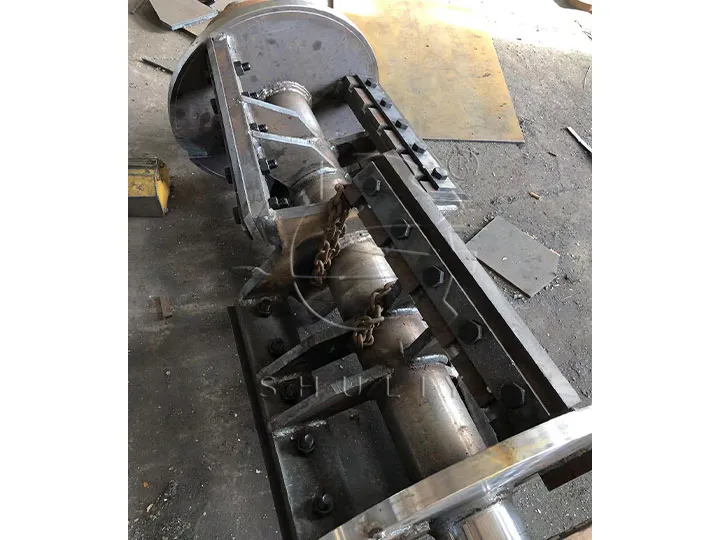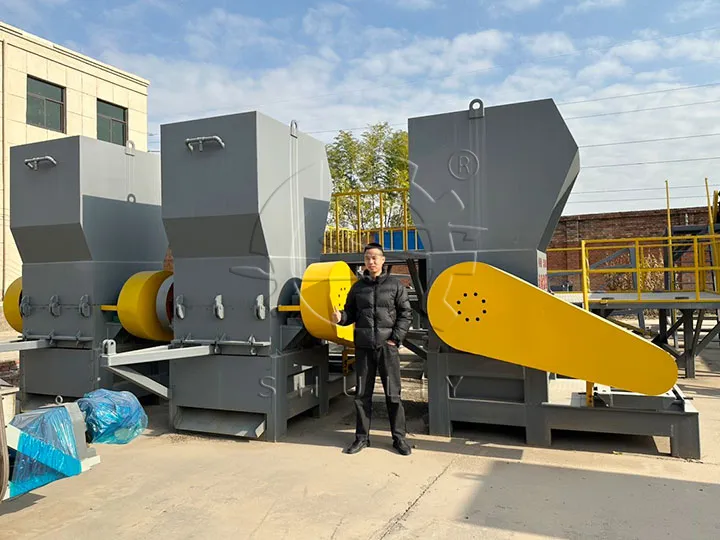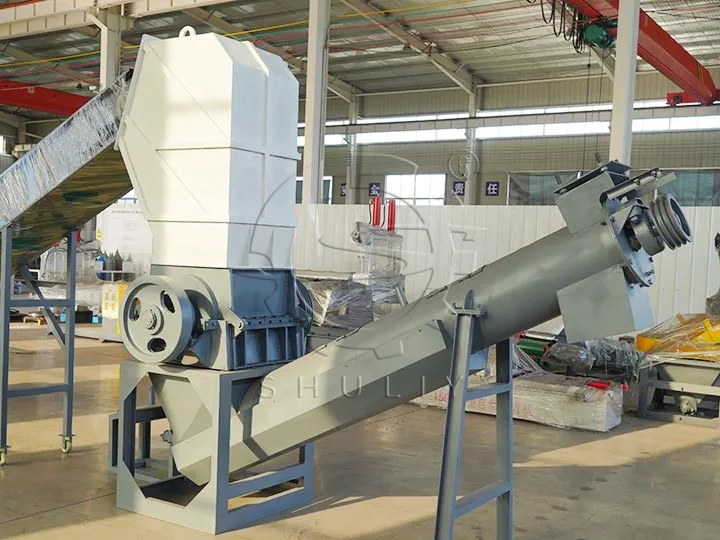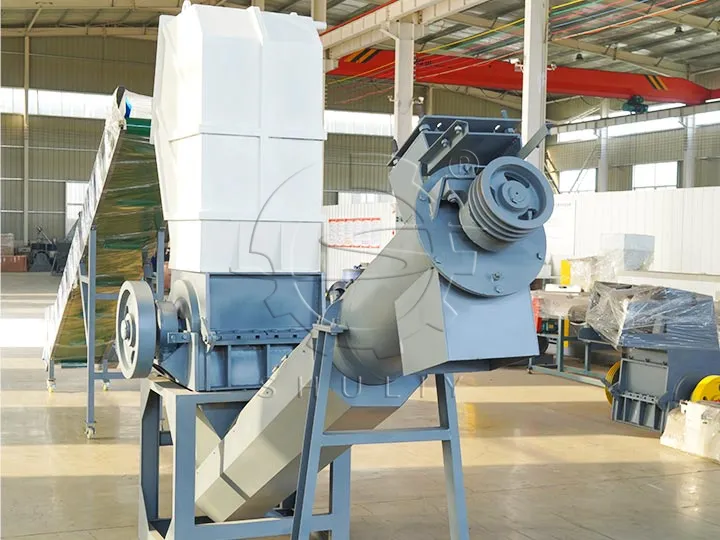The crushing system of waste plastic crusher machines plays an irreplaceable role in processing waste plastics. Through scientific blade design and efficient working principle, it provides feasible technical means for recycling and reuse of waste plastics.
Core components of the crushing system
Main machine
The mainframe of the waste plastic crusher machine is the core of the whole system, which is usually made of high-strength alloy steel with excellent wear resistance and impact resistance. The design of the mainframe affects the overall performance of the waste plastic crusher, and different types of mainframes are suitable for different types and sizes of waste plastics.
Blade system
Blade system is a crucial component in the plastic waste crusher machine, directly affecting the crushing effect. Common plastic crusher machine blades include rotary knives and fixed knives, which together form an efficient crushing force to precisely and thoroughly crush plastic waste into small particles.

Transmission system
The transmission system is responsible for transferring the power from the motor to the main machine and the blade system, and its stability and efficiency are directly related to the whole crushing process. Adopting advanced transmission technology can ensure that the waste plastic crusher machine can keep high efficiency and stability in long-term operation.
Working principle of waste plastic crusher machine
The working principle of the crushing system of the waste plastic crusher machine is relatively simple and efficient. Firstly, waste plastics are fed into the main machine through the feed opening, and then the blades start to rotate under the action of the transmission system. Through high-speed rotation and proper design, the blades cut, tear or split the waste plastics and finally break them into small particles. These small particles are easy to be subsequently processed and reused, providing the feasibility of recycling waste plastics.



